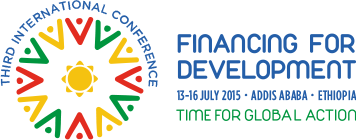Debt Crisis Prevention and Resolution
The Monterrey Consensus called for innovative mechanisms to comprehensively address debt problems of developing countries, and welcomed consideration by all relevant stakeholders of an mechanisms to engage debtors and creditors to come together to restructure unsustainable debts in a timely and efficient manner. Since the Monterrey agreement, the Heavily Indebted Poor Countries (HIPC) and the Multilateral Debt Relief (MDRI) initiatives have helped resolve debt overhang in poor countries, and along with economic growth in many developing countries over the last 10 years, helped reduce debt ratios in developing countries to historically low levels.
Yet while there have been significant improvements, gaps in the debt architecture remain. Debt defaults and debt restructuring have high costs for debtors and creditors alike, with high costs for the population of the debtor country, and for financing sustainable development. When problems occur in systemically important countries, it has negative implications for global financial stability as well. The financial architecture should aim at improving the efficiency of global capital markets by reducing losses faced by creditors, sovereign borrowers and others adversely affected by the uncertainty surrounding potentially disruptive debt scenarios.
This session will explore where the difficulties are and options to strengthen debt crisis prevention and management. It will discuss how relevant international organizations can work together with stakeholders in order to facilitate a more comprehensive solution to debt problems, set up an institutional memory to draw on for lessons when problems arise, and expedite the process to return countries to a sustainable debt and growth trajectory.
Programme and Briefing note (with links to presentation)
